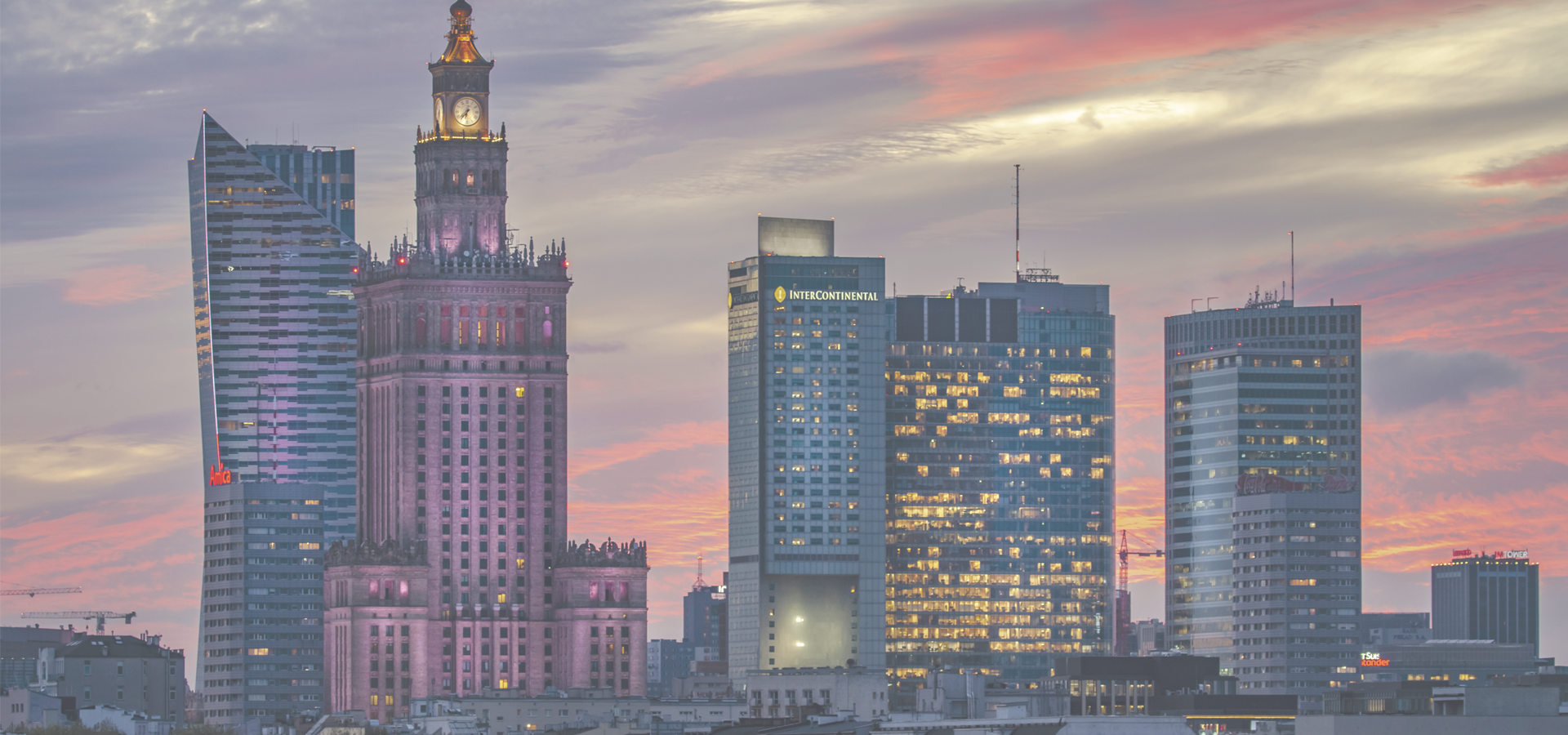Głuchołazy, Opole Voivodeship, Poland
🇵🇱 Głuchołazy is a historic town in south-western Poland. It is located within the Nysa County of Opole Voivodeship (province), near the border with the Czech Republic, and is the administrative seat of Gmina Głuchołazy.
Geography The town is located in the historic Upper Silesia region on the northern slopes of the Opawskie Mountains, in the valley of the Biała River.
The gmina contains part of the protected area called Opawskie Mountains Landscape Park.
Villages Gmina Głuchołazy includes the following villages and settlements: • Biskupów • Bodzanów • Burgrabice • Charbielin • Gierałcice • Głuchołazy • Jarnołtówek • Konradów • Markowice • Nowy Las • Nowy Świętów • Podlesie • Pokrzywna • Polski Świętów • Rudawa • Sławniowice • Stary Las • Sucha Kamienica • Wilamowice Nyskie
Neighbouring gminas Gmina Głuchołazy is bordered by the gminas of Nysa, Otmuchów and Prudnik. It also borders the Czech Republic.
History The settlement in the episcopal Duchy of Nysa within fragmented Poland was established about 1220 by Bishop Wawrzyniec of Wrocław, who invited German settlers to build up a stronghold against the threatening forces of the Přemyslid margrave Vladislaus III of Moravia, brother of King Ottokar I of Bohemia. It was granted town rights between 1220 and 1249. In the mid-13th century, the church of St. Lawrence was built, the name of which probably refers to the town's founder, bishop Wawrzyniec (Lawrence). The place soon became an important site of iron ore and gold mining, later run by the Thurzó and Fugger families. By the mid-14th century the defensive walls and tower were erected. The town was devastated in 1428 during the Hussite Wars. In 1445 it passed to Duchy of Głogówek under local Polish Duke Bolko V the Hussite and in 1450 it was again reintegrated with the Duchy of Nysa, and remained part of it in the following centuries.
The town was plundered during the Thirty Years' War (1618–1648). After the First Silesian War and the 1742 Treaty of Breslau the Duchy of Nysa was partitioned and Głuchołazy became a Prussian bordertown, while the adjacent area around Zlaté Hory remained with Austrian Silesia. In 1834 the town suffered a fire, and in the following decades large parts of the medieval walls were demolished. In the 19th century it became a spa town.
During World War II, the Germans established the E355, E371, E476 and possibly also E574 forced labour subcamps of the Stalag VIII-B/344 prisoner-of-war camp in the town. In the final stages of the war, the populace was evacuated in January 1945. In 1945, a German-conducted death march of thousands of prisoners of several subcamps of the Auschwitz concentration camp passed through the town towards the Gross-Rosen concentration camp. Leon Foksiński, who escaped from the death march in Głuchołazy, is an honorary citizen of the town. Retreating Germans blew up bridges behind them, and finally left the town in May 1945. After the war the remaining German population was expelled and with the implementation of the Oder-Neisse line in 1945, the area was transferred to the Republic of Poland, all in accordance to the Potsdam Agreement. The town was repopulated by Poles, many of whom were displaced from former eastern Poland annexed by the Soviet Union, as well as settlers from war-devastated central Poland, especially from the area of Myszków. The first post-war mayor of Głuchołazy was Szymon Koszyk, pre-war Polish activist, writer and publicist in Upper Silesia and participant in the Silesian Uprisings.
Sport The local football club is GKS Głuchołazy. It competes in the lower leagues.
Warsaw Time

Głuchołazy has a population of over 13,534 people. Głuchołazy also forms part of the wider Nysa County which has a population of over 136,393 people. Głuchołazy is situated near Nysa.
Twin Towns, Sister Cities Głuchołazy has links with:
🇨🇿 Jeseník, Czech Republic 🇨🇿 Mikulovice, Czech Republic 🇨🇿 Zlaté Hory, Czech Republic🇭🇷 Virovitica 17.383
🇨🇿 Uherské Hradiště 17.45
Locations Near: Głuchołazy 17.3667,50.3
🇵🇱 Głubczyce 17.817,50.2 d: 33.9
🇨🇿 Šumperk 16.976,49.965 d: 46.5
🇵🇱 Brzeg 17.483,50.867 d: 63.5
🇵🇱 Krapkowice 17.967,50.475 d: 46.8
🇵🇱 Oława 17.305,50.939 d: 71.2
🇨🇿 Opava 17.904,49.938 d: 55.5
Antipodal to: Głuchołazy -162.633,-50.3
🇹🇴 Nuku'alofa -175.216,-21.136 d: 16589.8
🇵🇫 Papeete -149.566,-17.537 d: 16190.4
🇦🇸 Pago Pago -170.701,-14.279 d: 15943.9
🇼🇸 Apia -171.76,-13.833 d: 15876.7
🇺🇸 Hilo -155.089,19.725 d: 12193.4
🇺🇸 Maui -156.446,20.72 d: 12094.6
🇺🇸 Maui County -156.617,20.868 d: 12079.5
🇺🇸 Wailuku -156.505,20.894 d: 12075.8